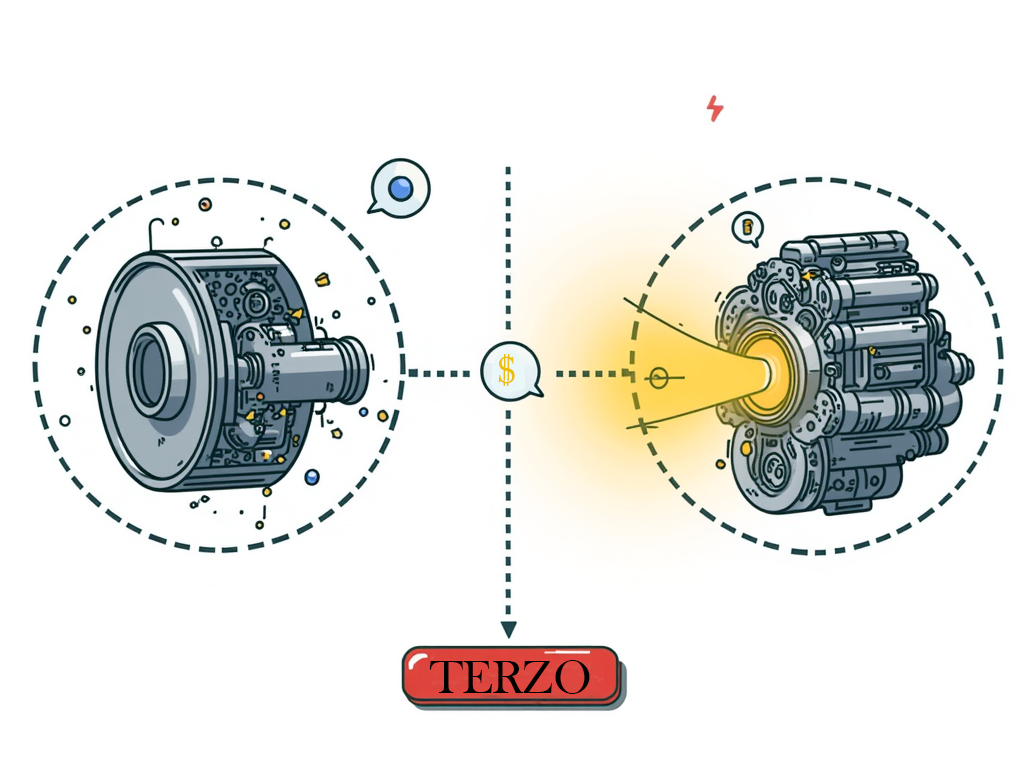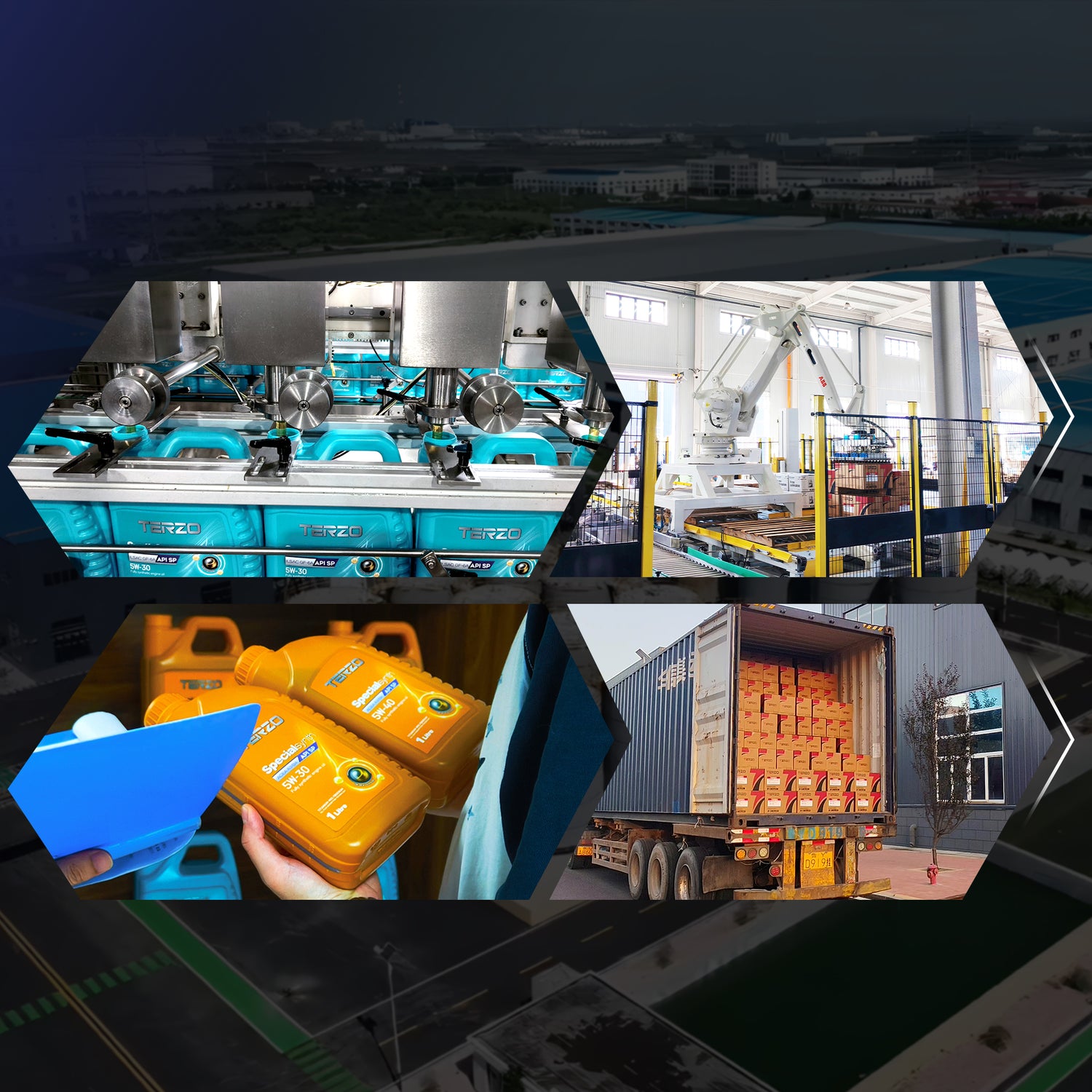
Will Mixing Different Engine Oil Brands Damage Your Engine? Emergency Solutions
Hidden Risks of Mixing Engine Oils
Mixing oils from different brands or types may trigger additive conflicts (e.g., anti-wear agents clashing with detergents) and lubrication film instability, accelerating wear. For example:
-
Canadian Fleet Case: Mixing API SP and SN-grade oils caused 80% more oil pressure warnings due to sludge buildup.
-
Base Oil Polarity Mismatch: Blending synthetic (PAO/ester) with mineral oils raises 50% precipitation risk (ASTM D2896 test).

3 Scientific Rules for Safe Mixing
1️⃣ Compatibility First
-
Use oils with identical base oil types (e.g., both PAO synthetic) and matching API/ACEA certifications to reduce precipitation risk by 70%.
-
Example: Mobil 1 (SN Plus) and Shell Helix Ultra (SP) synthetics can be mixed temporarily.
2️⃣ Viscosity Blending Formula
-
Calculate SAE grade by volume: Mixing 5W-30 and 10W-40 (1:1) ≈ 7.5W-35. Ensure HTHS ≥3.0cP to avoid pump resistance spikes.
3️⃣ Emergency Usage Limits
-
Drive ≤500 km after mixing and replace the oil filter immediately.
-
Download👉[Cross-Brand Oil Compatibility Chart].

Safe Mixing Boundaries
-
TBN Difference <2.0: Prevents acid-neutralization failure (ASTM D2896).
-
Sulfated Ash Variance <0.5%: Protects DPF/catalytic converters (ASTM D874).
-
Short-Term Wear Impact: Lab tests show ≤15% wear increase within 500 km when mixing same-grade oils.
Real-World Costs & Fixes
🇺🇸 Montana Logistics Case (2022 Ford F-250 Diesel):
-
Mixed 5W-30 (synthetic) with 15W-40 (mineral), causing turbocharger sludge. Repair cost: $3,500+.
-
Fix: TERZO flush restored oil pressure to 45 psi.
🇨🇳 Guangzhou Ride-Hailing Driver (Honda 1.5T):
-
Mixed 0W-20 (SN) with 5W-30 (SP), leading to 8% fuel efficiency drop.
-
Solution: TERZO viscosity stabilizer + full oil change.
FAQ: Urgent Mixing Concerns
❓Q1: Engine warning light after mixing?
✅ Stop immediately: Use TERZO test strips. If contaminant ring >3mm, replace oil ASAP.
❓Q2: Can mineral and synthetic oils be mixed?
✅ Emergency use only! High precipitation risk → Limit to <200 km and flush thoroughly.
❓Q3: How to calculate blended viscosity?
✅ Formula:Blended SAE = (Vol₁ × Grade₁ + Vol₂ × Grade₂) / Total Volume.
Example: 1L 5W-30 + 1L 10W-40 ≈ 7.5W-35 (HTHS 3.35cP).
Emergency Protocol
-
Prioritize same-brand/series oils (e.g., TERZO MULTIPURE for multi-brand compatibility).
-
Post-mixing checks:
-
Monitor oil pressure, noise, and fuel economy.
-
Use TERZO AI sensors for real-time TBN/contaminant tracking.
-
-
Full oil reset:
-
Drain → Flush → Replace filter → Refill.
-
Conclusion: Mixing oils is high-risk—reserve it for emergencies. Always follow OEM specs and regular oil analysis for long-term engine health! 🔧⚠️

